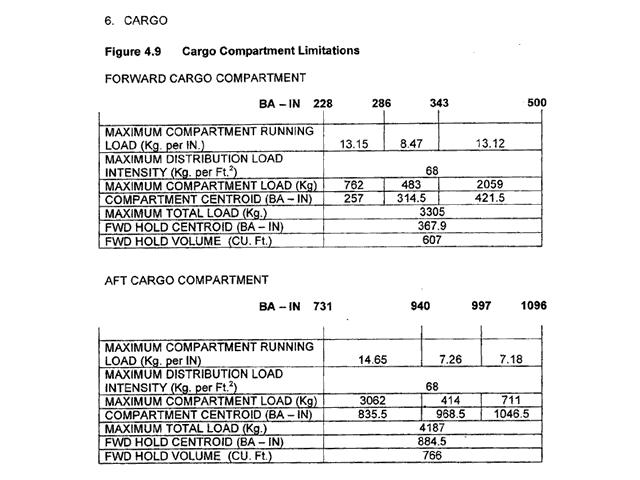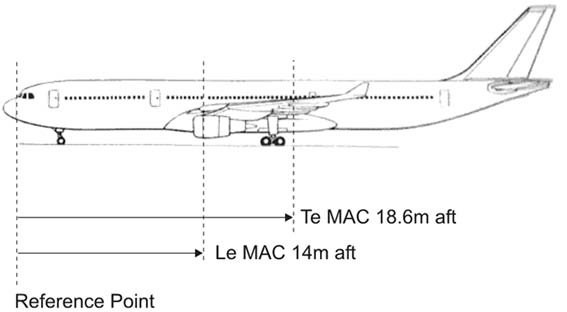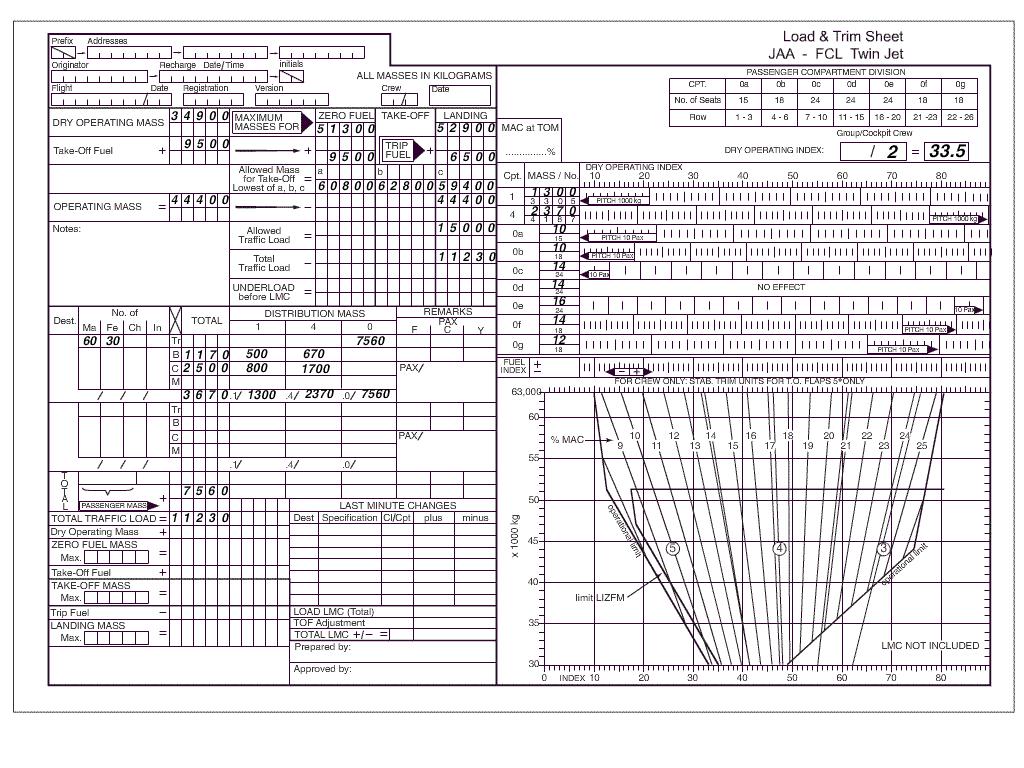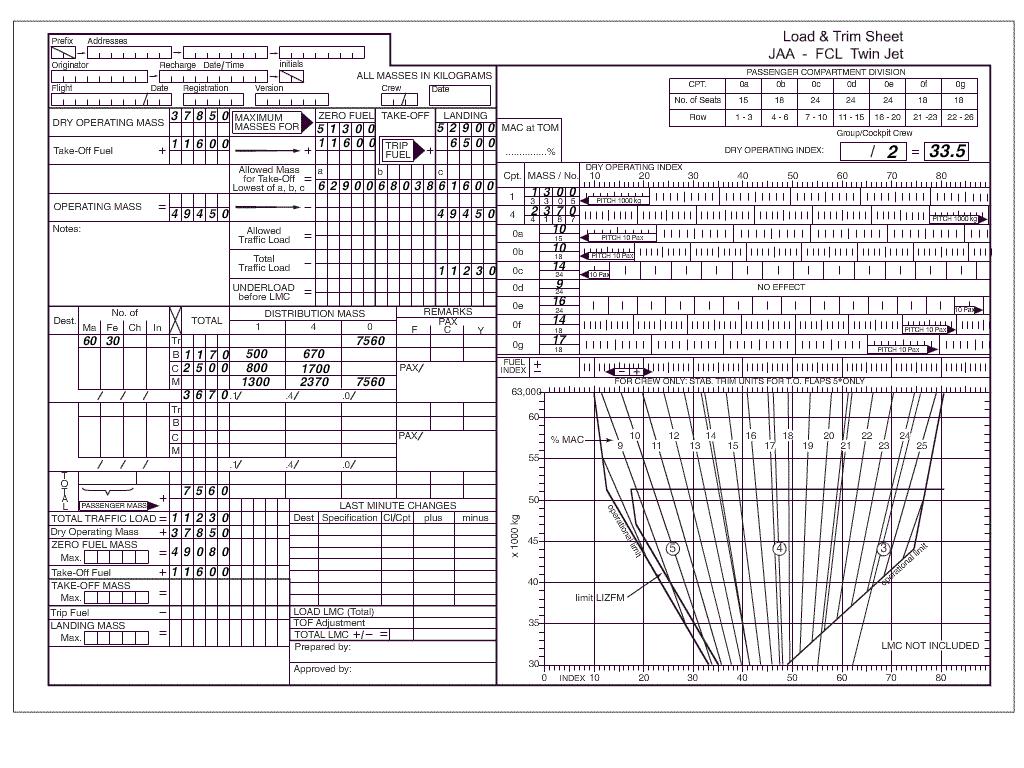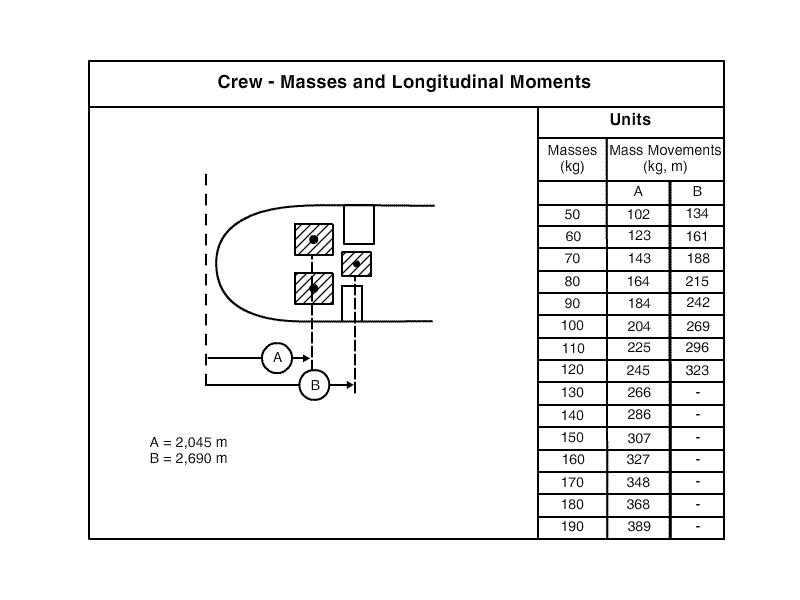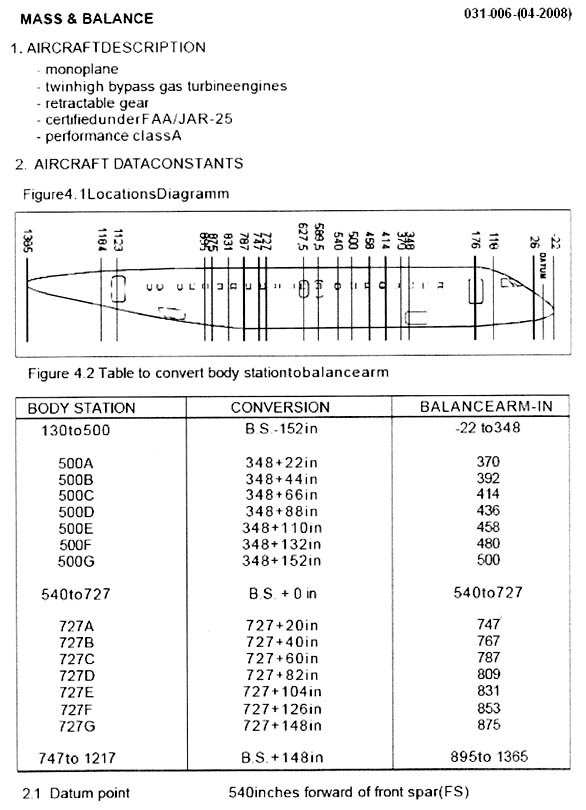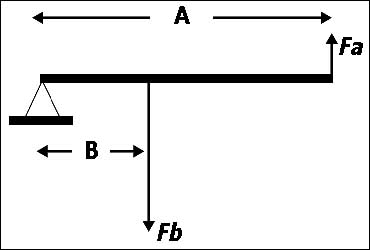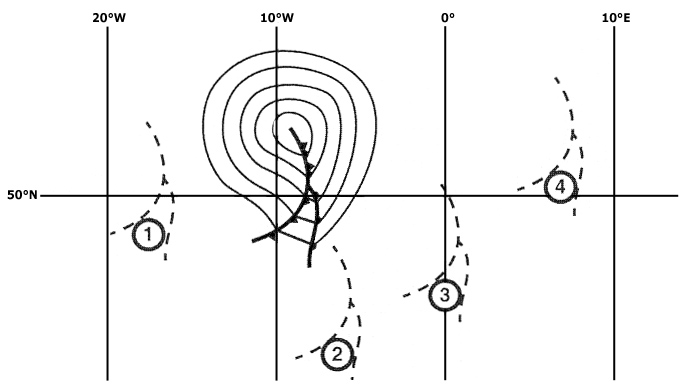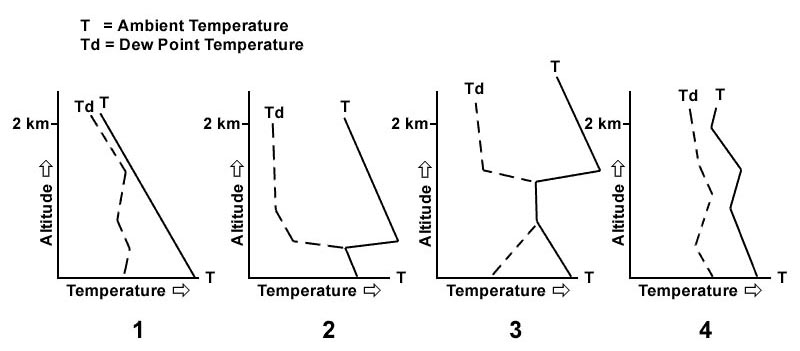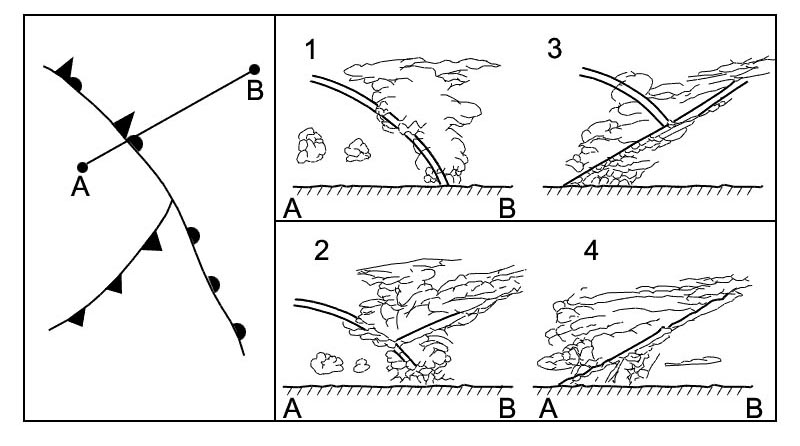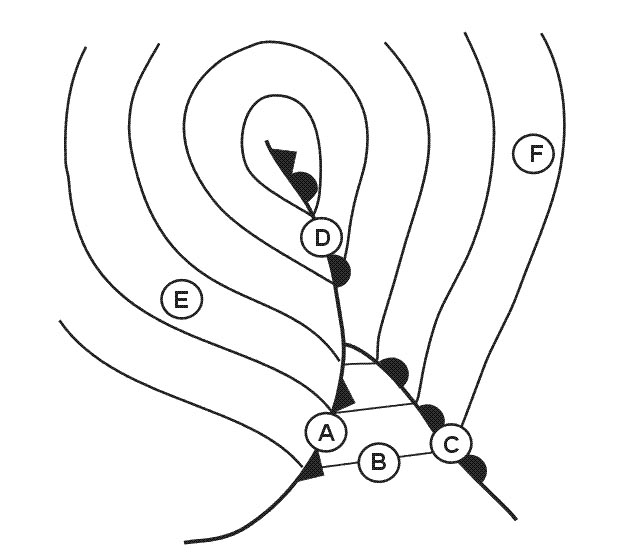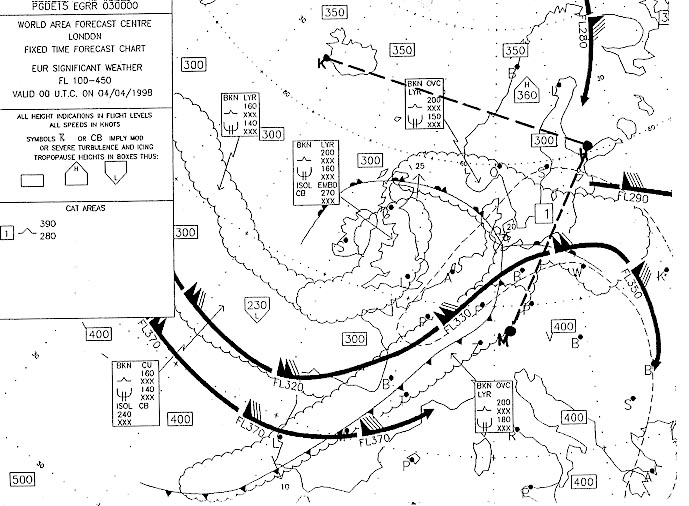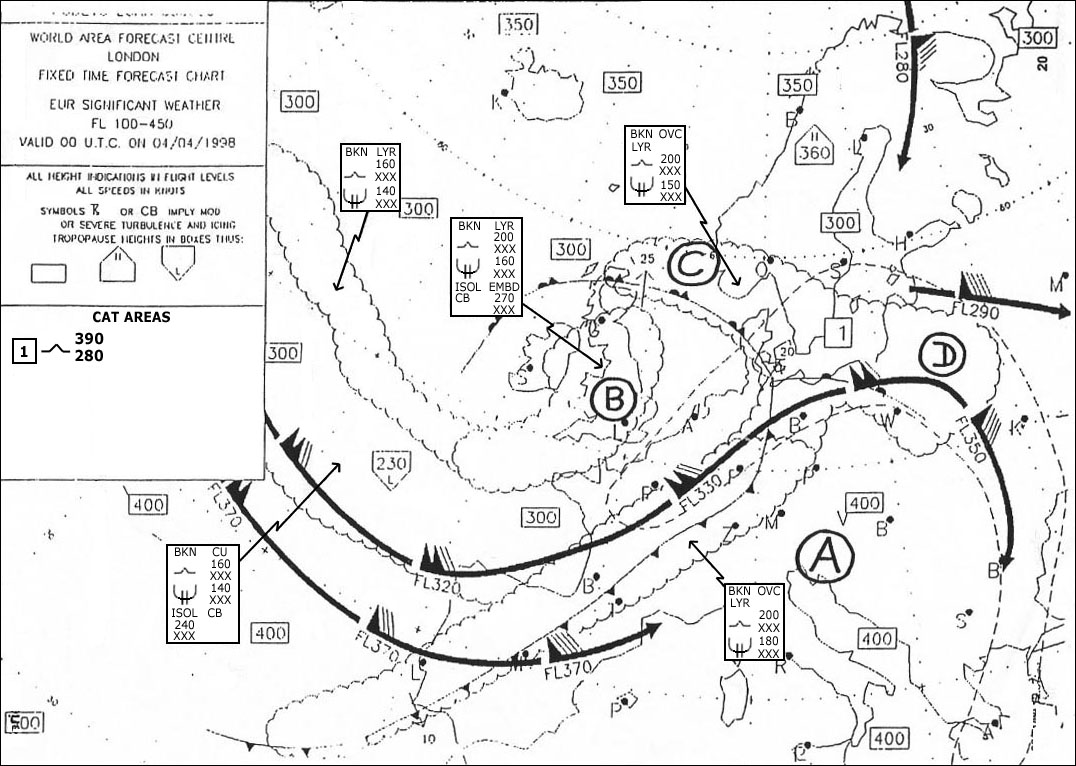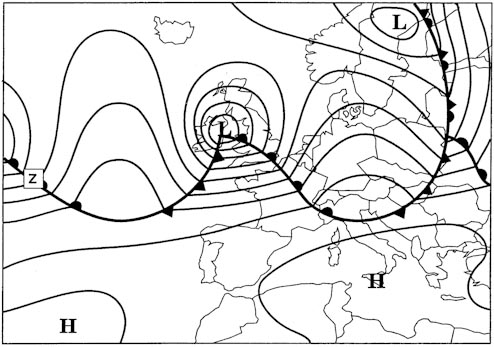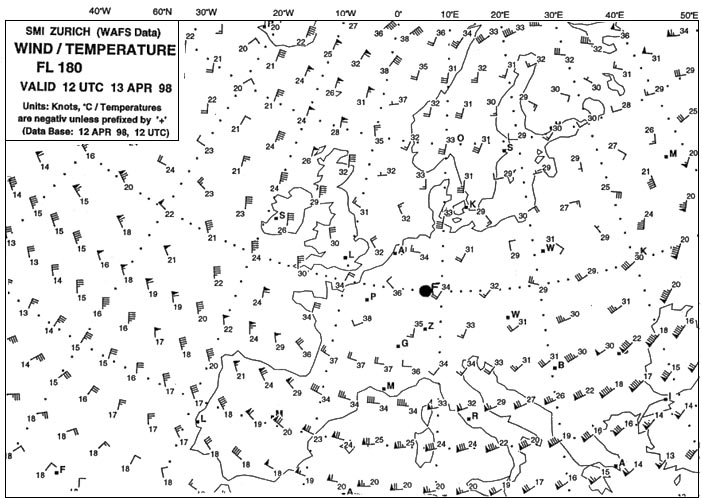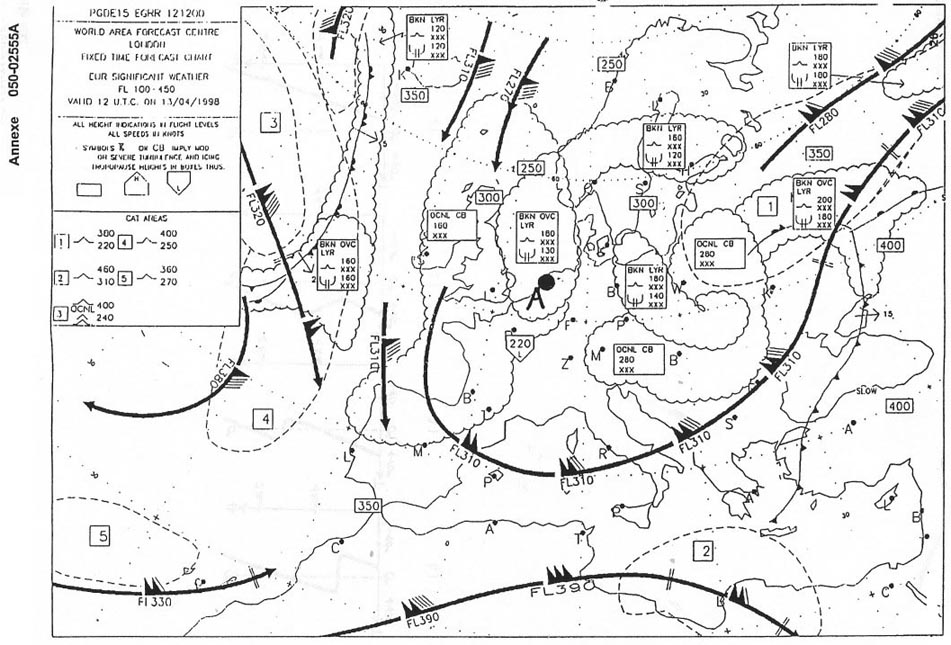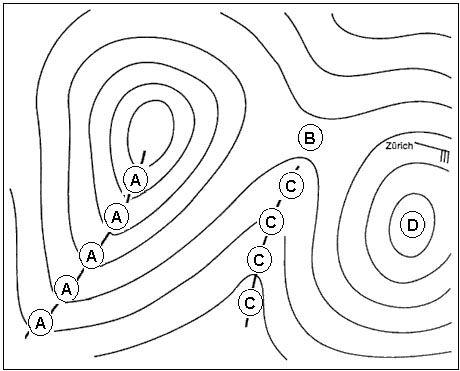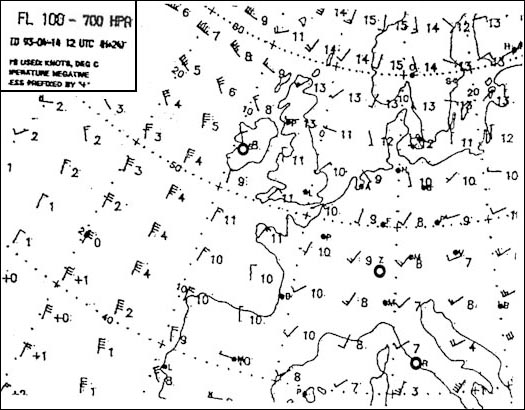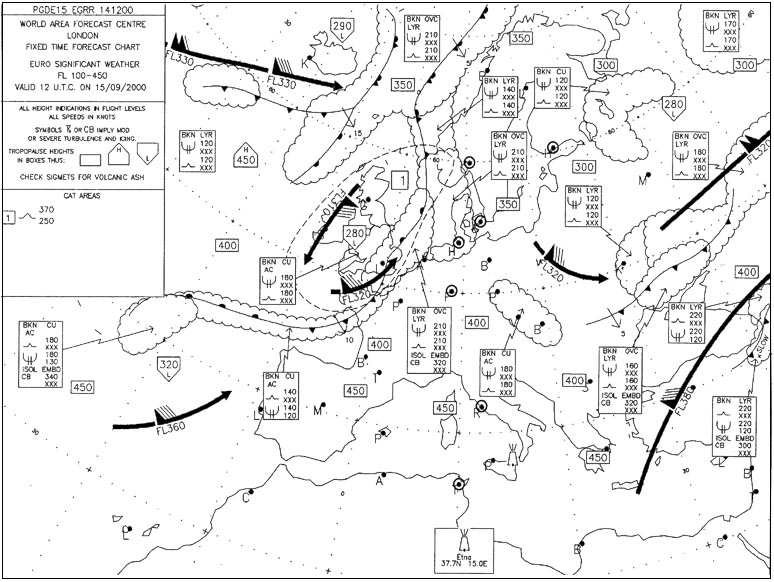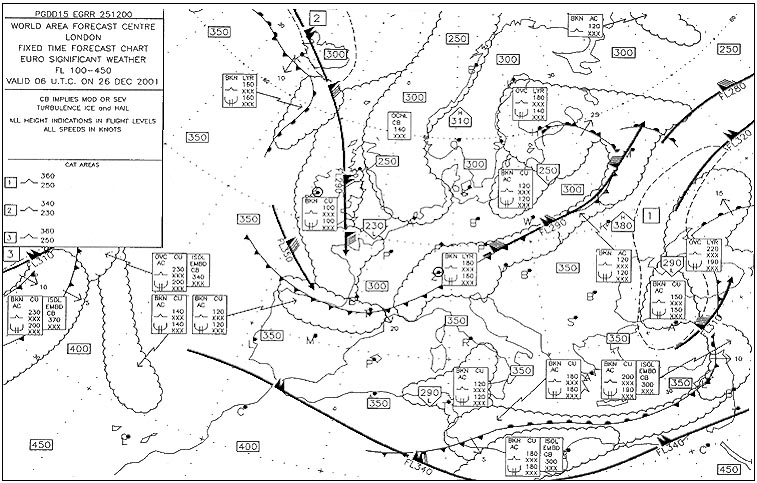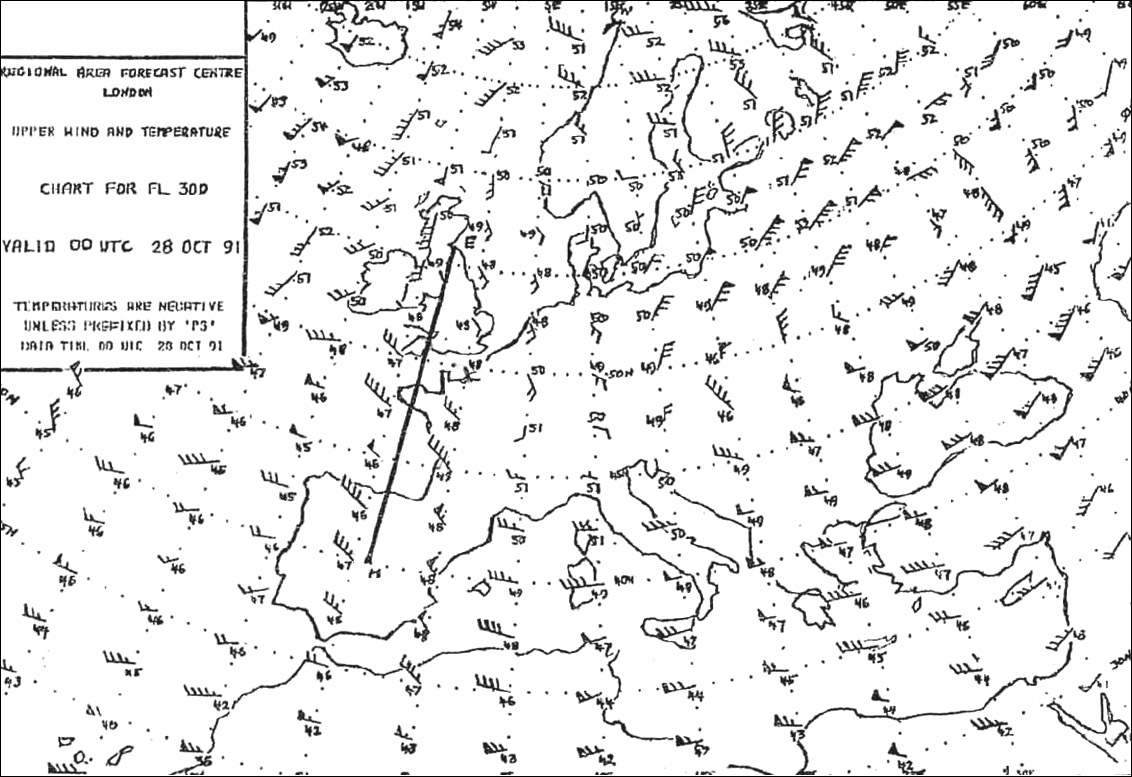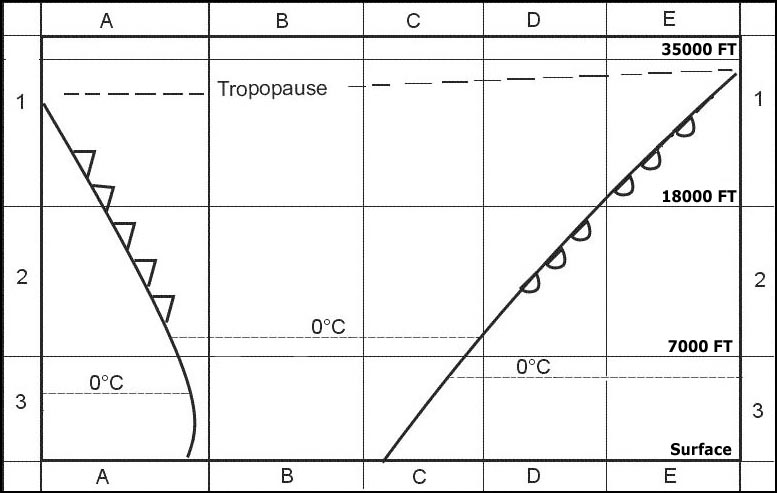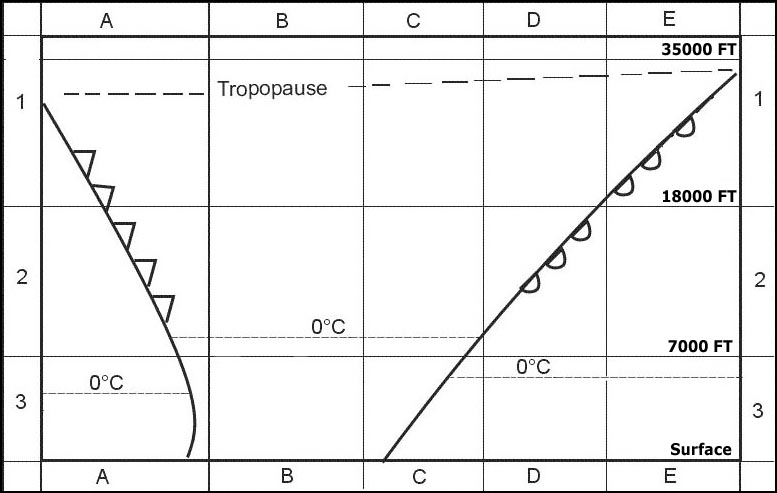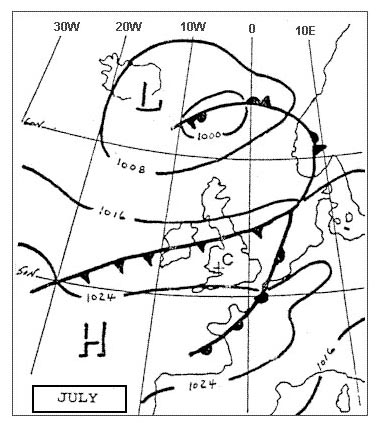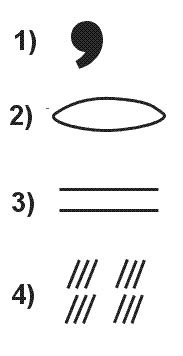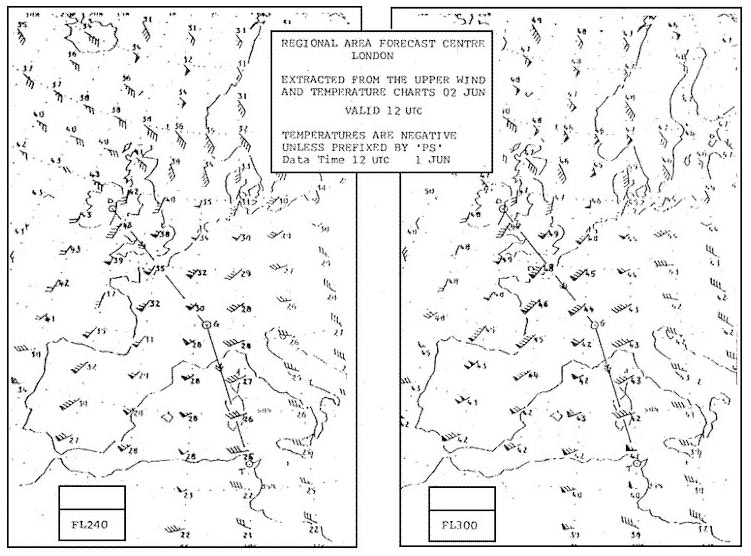Question 111-1 : The still air distance in the climb is 189 nautical air miles nam and time 30 minutes .what ground distance would be covered in a 30 kt head wind ? [ Training professional ]
Question 111-2 : At reference or see flight planning manual mrjt 1 figure 4 5 3 1.given long range cruise. outside air temperature oat 45°c in fl350.mass at the beginning of the leg 40000 kg.mass at the end of the leg 39000 kg .find the true airspeed tas at the end of the leg and the distance nam . err a 033 345 ?
Tas 431 kt. 227 nam

Question 111-3 : At reference or see flight planning manual mrjt 1 figure 4 3 6.given .estimated dry operation mass 35 500 kg.estimated load 14 500 kg.final reserve fuel 1200 kg.distance to alternate 95 nm.average true track 219°.head wind component 10 kt.find fuel and time to alternate . err a 033 353 ?
Question 111-4 : At reference or see flight planning manual mrjt 1 figure 4 5 1. find time fuel still air distance and tas for an enroute climb 280/ 74 to fl 350 .given .brake release mass 64000 kg.isa +10°c.airport elevation 3000 ft . err a 033 361 ?
Question 111-5 : Given .planned and actual data as shown in the flight log excerpt .arriving overhead gamma you are cleared for direct routing to mike .the flight time for direct flight gamma to mike will be 42 minutes assuming other flight data remains constant what fuel will be expected on arrival overhead mike . ?
Question 111-6 : At reference or see flight planning manual mrjt 1 figure 4 7 3.given .distance to alternate 950 nm.head wind component 20 kt.mass at point of diversion 50000 kg.diversion fuel available 5800 kg.the minimum pressure altitude at which the above conditions may be met is . err a 033 377 ?
Question 111-7 : Planned and actual data as shown in the flight log excerpt .actual ground speed gs on the leg beta to gamma will be 105 kt .if all other flight parameters remain unchanged what fuel remaining should be expected at waypoint gamma . err a 033 379 ?
Question 111-8 : How many feet you have to climb to reach fl 75 given .fl 75.departure aerodrome elevation 1500 ft. qnh = 1023 hpa.temperature = isa.1 hpa = 30 ft ?
Question 111-9 : Given .planned and actual data as shown in the flight log excerpt .arriving overhead gamma you are cleared for direct routeing to mike .the flight time for direct flight gamma to mike will be 40 minutes assuming other flight data remains constant what fuel will be expected on arrival overhead mike ?
1900 kg
Question 111-10 : At reference or see flight planning manual mrjt 1 figure 4 7 3.given .diversion distance 650 nm.diversion pressure altitude 16 000 ft.mass at point of diversion 57 000 kg.head wind component 20 kt.temperature isa + 15°c.the diversion a fuel required and b time are approximately . err a 033 418 ?
A 4800kg b 2h 03min
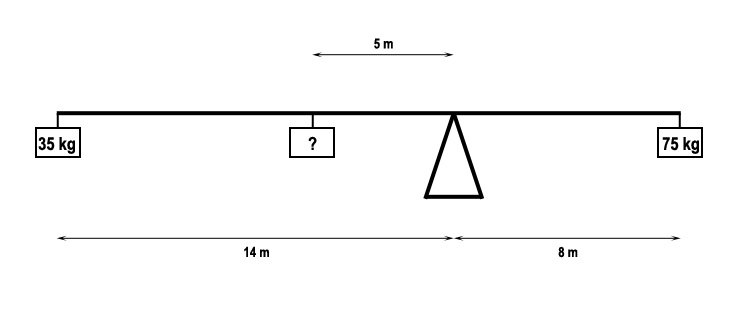
Question 111-11 : The fuel plan gives a trip fuel of 65 us gallons .the alternate fuel final reserve included is 17 us gallons .contingency fuel is 5% of the trip fuel .the usable fuel at departure is 93 us gallons .at a certain moment the fuel consumed according to the fuel gauges is 40 us gallons and the distance ?
The remaining fuel is not sufficient to reach the destination with reserves intact
Question 111-12 : At reference or see flight planning manual mrjt 1 figure 4 1.find the optimum altitude for the twin jet aeroplane given .cruise mass 50000 kg.mach 0 78 . err a 033 436 ?
Question 111-13 : You are flying a constant compass heading of 252° .variation is 22°e.deviation is 3°w and your ins is showing a drift of 9° right .true track is ?
Question 111-14 : A descent is planned from 7500 ft amsl so as to arrive at 1000 ft amsl 6 nm from a vortac .with a ground speed of 156 kt and a rate of descent of 800 ft/min .the distance from the vortac when descent is started is ?
Question 111-15 : Given .planned and actual data as shown in the flight log excerpt actual ground speed gs on the leg beta to gamma will be 100 kt if all other flight parameters remain unchanged what fuel remaining should be expected at waypoint gamma . err a 033 474 ?
2600 kg
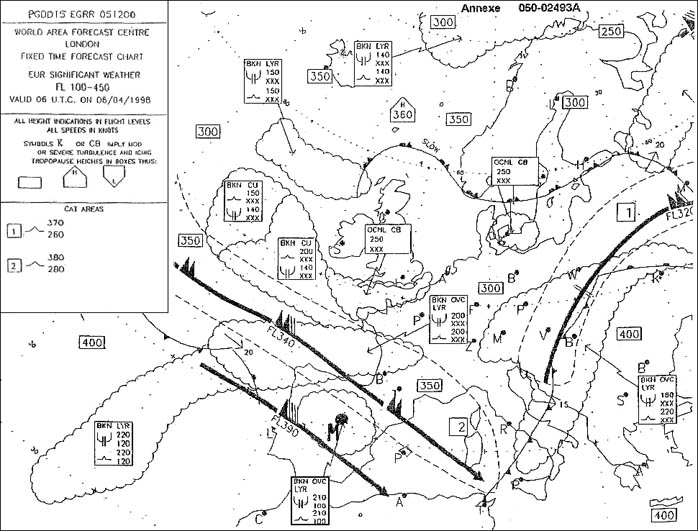
Question 111-16 : Given .planned and actual data as shown in the flight log excerpt .arriving overhead gamma you are cleared for direct routing to mike the flight time for direct flight gamma to mike will be 45 minutes assuming other flight data remains constant what fuel will be expected on arrival overhead mike . ?
Question 111-17 : Minimum planned take off fuel is 160 kg 30% total reserve fuel is included .assume the groundspeed on this trip is constant .when the aircraft has done half the distance the remaining fuel is 70 kg .is diversion to a nearby alternate necessary ?
Question 111-18 : Which of the following statements is relevant for forming route portions in integrated range flight planning ?
Question 111-19 : At reference or see flight planning manual mrjt 1 figure 4 5 3 1.the aeroplane gross mass at top of climb is 61500 kg .the distance to be flown is 385 nm at fl 350 and oat 54 3 °c .the wind component is 40 kt tailwind .using long range cruise procedure what fuel is required . err a 033 499 ?
Question 111-20 : Planned and actual data as shown in the flight log excerpt .actual ground speed gs on the leg beta to gamma will be 110 kt .if all other flight parameters remain unchanged what fuel remaining should be expected at waypoint gamma . err a 033 502 ?
Question 111-21 : An aircraft is in cruising flight at fl 095 ias 155 kt the pilot intends to descend at 500 ft/min to arrive overhead the man vor at 2 000 ft qnh 1 030hpa the tas remains constant in the descent wind is negligeable temperature standard .at which distance from man should the pilot commence the ?
48 nm
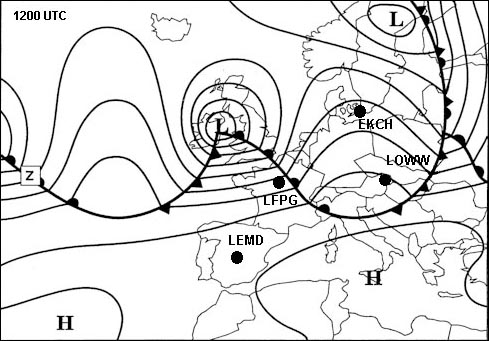
Question 111-22 : Given .planned and actual data as shown in the flight log excerpt arriving overhead gamma you are cleared for direct routing to mike .the flight time for direct flight gamma to mike will be 1h06 min assuming other flight data remains constant what fuel will be expected on arrival overhead mike . ?
Question 111-23 : At reference or see flight planning manual mrjt 1 figure 4 7 2. using the above table in isa conditions and at a speed of m 70/280kias in an elapsed time of 90 minutes an aircraft with mass at point of diversion 48000 kg could divert a distance of . err a 033 514 ?
Question 111-24 : Flight planning manual mrjt 1 figure 4 7 2.an aircraft on an extended range operation is required never to be more than 120 minutes from an alternate based on 1 engine inoperative lrc conditions in isa using the above table and a given mass of 40000 kg at the most critical point the maximum air ?
Question 111-25 : At reference or see flight planning manual mrjt 1 figure 4 5 3 1 .given long range cruise temp 63° c at fl 330.initial gross mass enroute 54 100 kg. leg flight time 29 min.find fuel consumption for this leg . err a 033 529 ?
Question 111-26 : After flying for 16 min at 100 kt tas with a 20 kt tail wind component you have to return to the airfield of departure .with a rate turn of 3°/s you will arrive after ?
Question 111-27 : At reference or see flight planning manual mrjt 1 figure 4 4.given .twin jet aeroplane estimated mass on arrival at the alternate 50000 kg.estimated mass on arrival at the destination 52525 kg.alternate elevation msl.destination elevation 1500 ft.find final reserve fuel and corresponding time . err ?
1180 kg 30 minutes
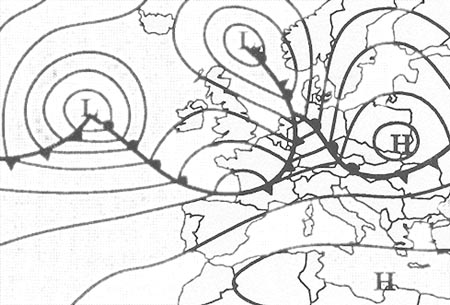
Question 111-28 : In the cruise at fl 155 at 260 kt tas the pilot plans for a 500 ft/min descent in order to fly overhead man vor at 2 000 feet qnh 1030 .tas will remain constant during descent wind is negligible temperature is standard .the pilot must start the descent at a distance from man of ?
120 nm
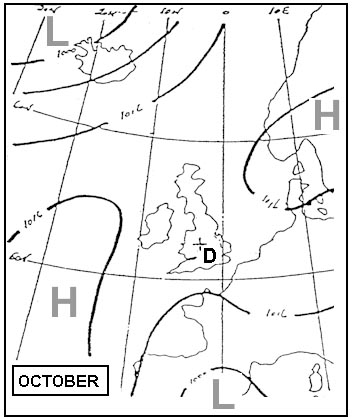
Question 111-29 : For this question use annex 033 11704a .true air speed 170 kt.wind in the area 270°/40 kt.according to the attached the navigation log an aircraft performs a turn overhead bulen to re route to ard via tgj the given wind conditions remaining constant .the fuel consumption during the turn is 20 ?
1 545 litres
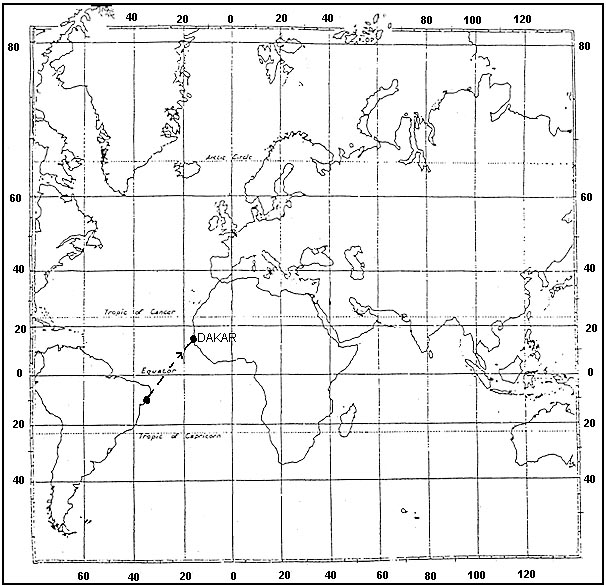
Question 111-30 : At reference 033 345 .a twin jet aeroplane gross mass 200000 kg begin his cruise leg at the optimum level of mach 0 84 isa cg=37% total anti ice devices on head wind component 30 kt .after 500 nm to avoid a severe icing area an immediate descent must be initiated the airplane mass at the beginning ?
192 500 kg
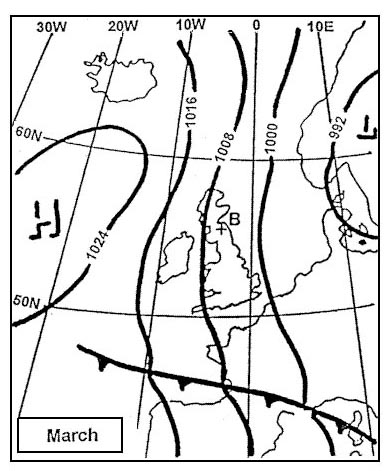
Question 111-31 : Planned and actual data as shown in the flight log excerpt 033 145 .actual ground speed gs on the leg beta to gamma is 110 kt .if all other flight parameters remain unchanged what fuel remaining should be expected over gamma . err a 033 578 ?
2000 kg
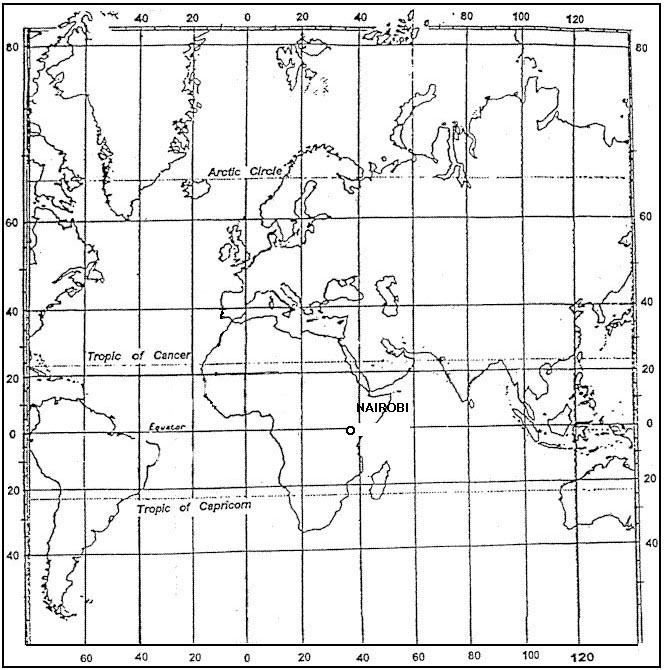
Question 111-32 : The trip fuel for a jet aeroplane to fly from the departure aerodrome to the destination aerodrome is 8350 kg .fuel consumption in holding mode is 2800 kg/h .the quantity of fuel which is needed to carry out one go around and land on the alternate airfield is 4380 kg .the destination aerodrome has ?
14548 kg
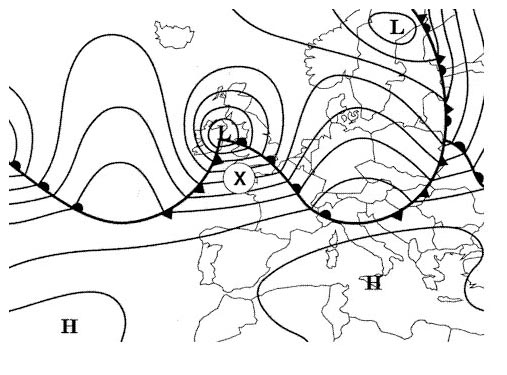
Question 111-33 : Use reference 033 046 .a turbojet aeroplane flies using the following data .optimum flight level mach 0 80.mass 190000 kg.temperature isa.tailwind component 100 kt .fuel mileage and ho y fuel consumption are . . err a 033 580 ?
Question 111-34 : See reference 033 068 .given .distance between c to d 540 nm.cruise speed 300 kt ias at fl210.temperature deviation from isa +20°c.headwind component 50 kt.gross mass at c 60 000 kg.the fuel required from c to d is . err a 033 581 ?
4240 kg
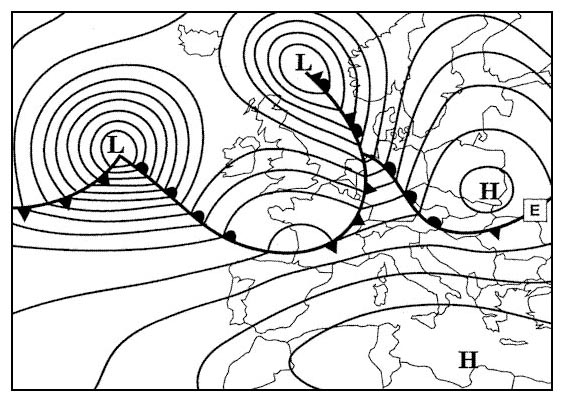
Question 111-35 : Use route manual chart e hi 2.what is the meaning of the chart information for the beacon s at position 55°59'n 014°06'e . err a 033 582 ?
Question 111-36 : Given .planned and actual data as shown in the flight log excerpt provided that flight conditions on the leg gamma to delta remain unchanged and fuel consumption remains unchanged what fuel remaining should be expected at waypoint delta . err a 033 587 ?
4940 kg
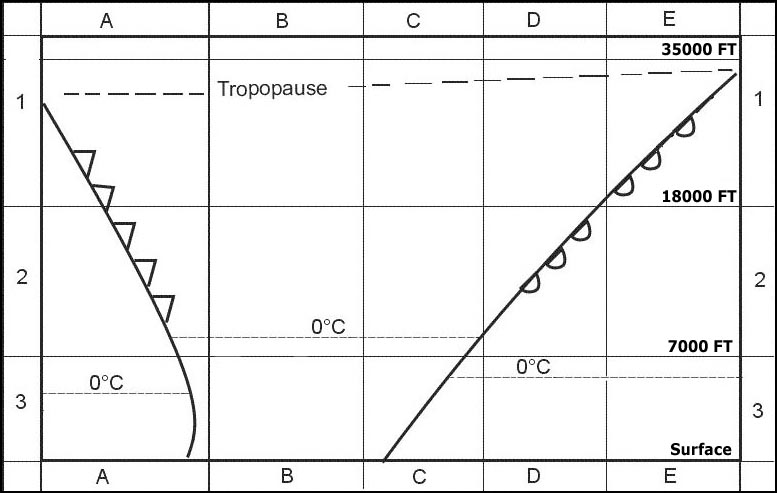
Question 111-37 : Given .planning data as shown in the flight log excerpt fuel planning section .after a balked landing at the destination airport you have to divert to the alternate airport with the gear extended the re calculated flight time to the alternate due to the reduced speed is 1h 20min and the fuel flow ?
Question 111-38 : Given .planned and actual data as shown in the flight log excerpt .provided that flight conditions on the leg gamma to delta remain unchanged and fuel consumption remains unchanged .what fuel remaining should be expected at waypoint delta . err a 033 589 ?
Question 111-39 : Given .planned and actual data as shown in the flight log excerpt.provided that flight conditions on the leg gamma to delta remain unchanged and fuel consumption remains unchanged what fuel remaining should be expected at waypoint delta . err a 033 590 ?
~
Exclusive rights reserved. Reproduction prohibited under penalty of prosecution.
4399 Free Training Exam

